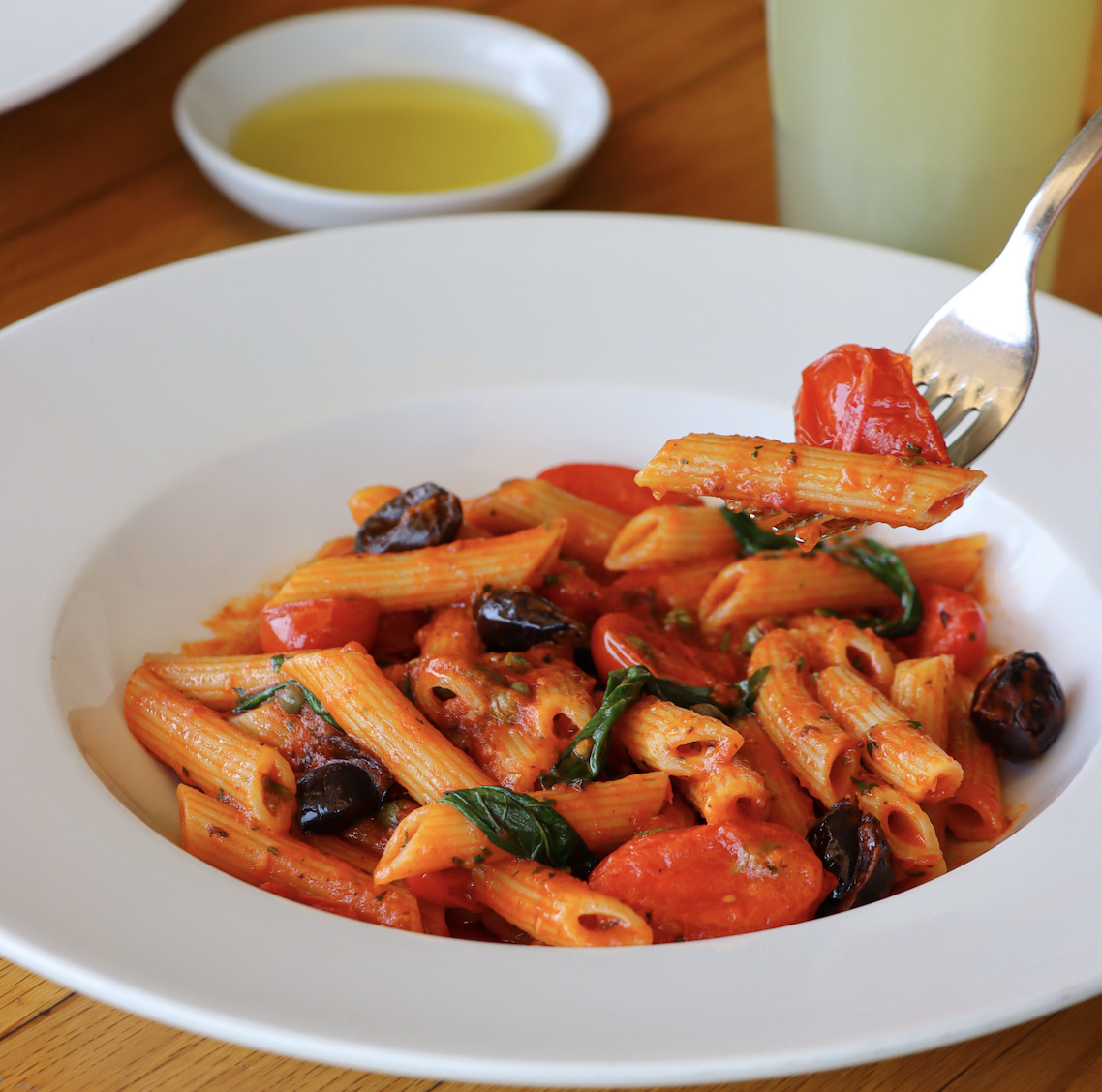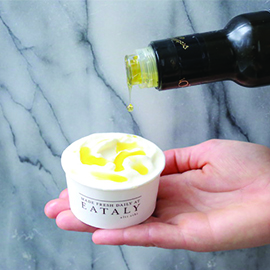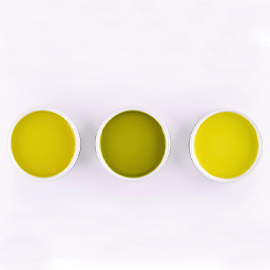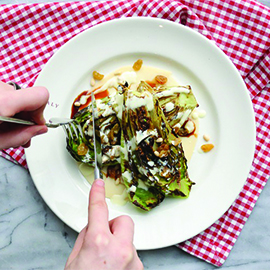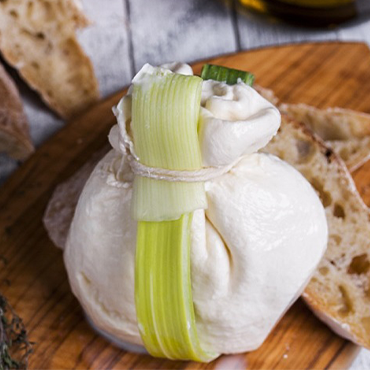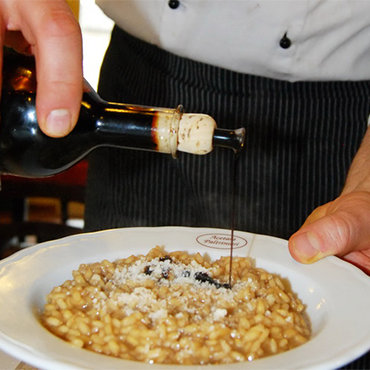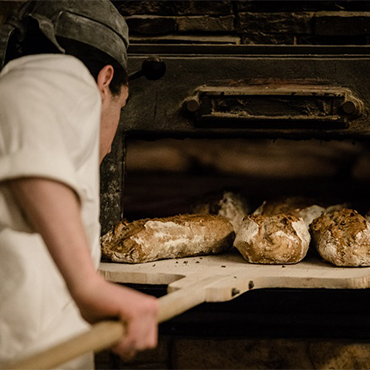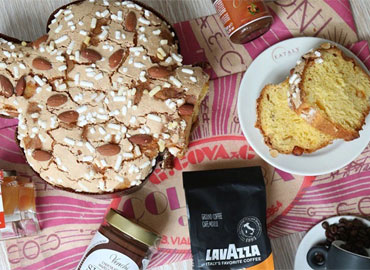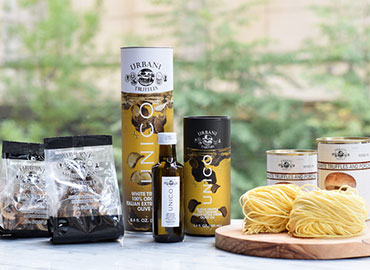From short and tubular to long and curvy, every pasta has a unique form. While in Italy it’s customary to follow regional pasta and sauce pairings, you can also marry each shape with the perfect sugo by following a few simple guidelines.
Ready to make a match? Read on to learn how to pair pasta with sauce with our expert guide!
TUBOLARE
With its hollow centers, tubular pasta is perfect for capturing a variety of ingredients. Pair larger tubes with bigger, chunkier sauces and smaller tubes with finely diced items. Tubular pasta is also great for stuffing and baking.
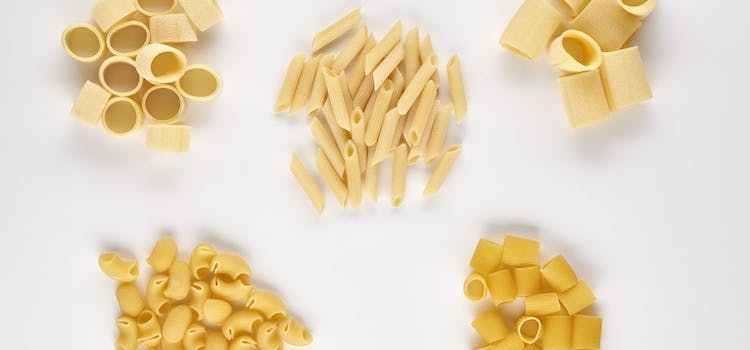
Examples: penne all'arrabbiata, paccheri con sugo di mare, paccheri al forno, baked ziti alla norma
ATTORCIGLIATA
The tiny nooks and crannies of twisted pasta shapes are ideal for capturing sauces with small bits of finely chopped ingredients, such as pesto or crumbled sausage. When pairing, simply consider how narrow or wide the curves and match the chunky bits of the sauce accordingly.
Examples: fusilli con speck, vesuvio al ragù, caserecce al pesto Trapanese, trofie al pesto, filei con sugo 'nduja
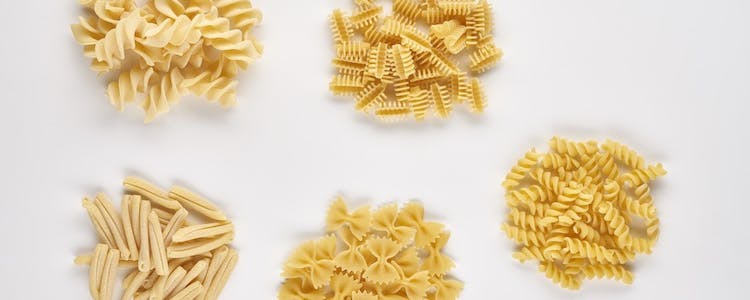
LUNGA
Here's where things start to fly off the wheel. When it comes to long pasta shapes, sauce pairings can vary the most since long pastas can thin or thick. Thin, delicate strands like capellini (angel hair), spaghettini (thin spaghetti), and vermicelli require light cream or oil-based sauces, although seafood works well here, too. On the other hand, thicker ribbons like tagliatelle, pappardelle, and mafaldine can stand up well to more substantial sauces such as ragù alla bolognese, porcini mushrooms, or a chunky tomato sauce.
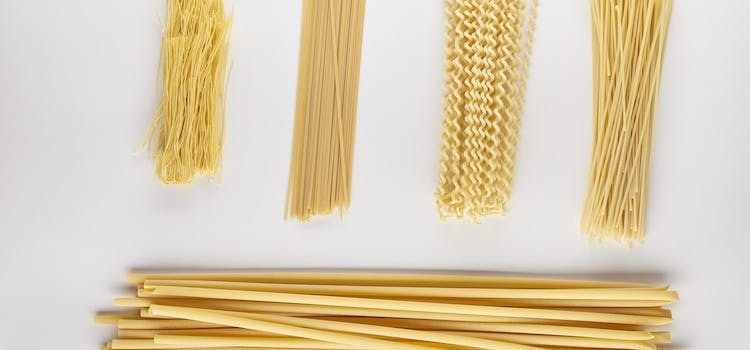
Examples: spaghetti al pomodoro, spaghetti cacio e pepe, trenette al pesto, linguine alle vongole, tagliatelle alle bolognese
RIPIENA
Since they already contain so much flavor in the filling, fresh pasta shapes are traditionally served with light butter- or oil-based sauces, such as brown butter and sage sauce. In some parts of Emilia-Romagna and northern Italy, stuffed pasta is served in a hot broth, like the famous tortellini in brodo.
Examples: agnolotti del plin, ravioli ai piselli, ravioli di zucca, tortellini in brodo
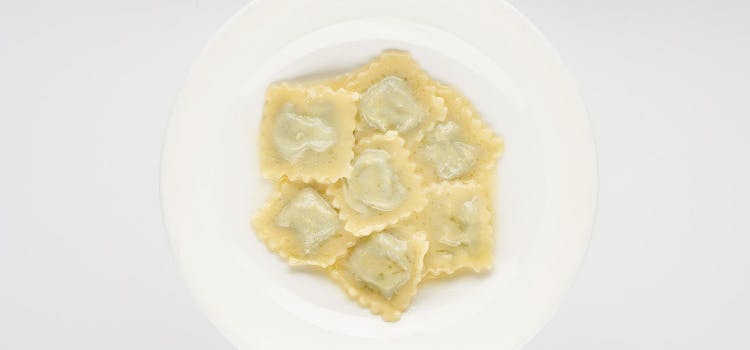
PASTINE
Tiny pasta varieties such as stelline, orzo, and anellini are best served in soups or broth where they can easily be picked up with a spoon. Use these piccole pastine to transform your next minestrone into a hearty, satiating meal by simply adding them to the soup 5 to 7 minutes before you're ready to serve. They'll puff up and soak up the broth, creating a thicker, chunkier consistency.
Pro tip: Pastine can sometimes also work well for cold pasta salads in the summer.
Examples: insalata di fregola, Genovese minestrone con brichetti
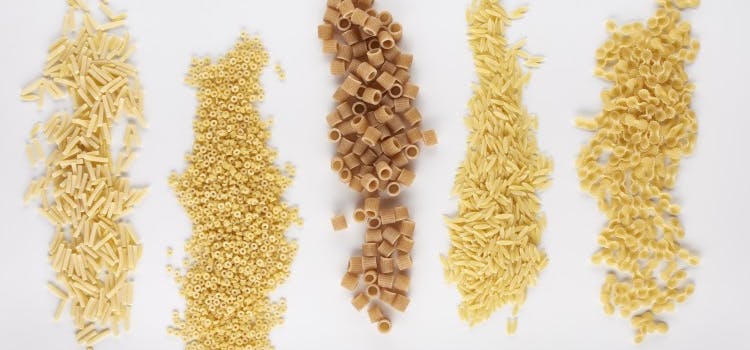
Now that you are an expert on pairing pasta with sauce, shop the ingredients to practice your matching at home. Discover Eataly for hundreds of high-quality ingredients or shop to get the best pasta sauces delivered to your doorstep.

